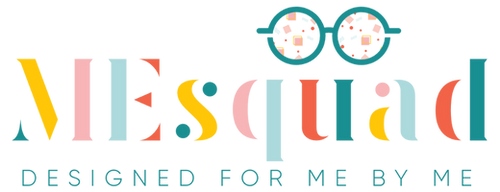In the previous post, we discussed common eye problems in children, how to spot these conditions and what to do if your child has these conditions. In this weeks post, we’ll talk a little bit about less common eye conditions in children. It’s important to note that these eye problems are much more common in adults, but can, at times, affect children and young adults. Therefore, eye protection, regular check-ups and routine care are essential at any age.
Glaucoma is a group of eye diseases that can cause vision loss and blindness by damaging the optic nerve. This damage is often caused by an abnormally high pressure in your eye. It is one of the leading causes of blindness for people over the age of 60. Some symptoms include seeing halos around lights, vision loss, eye redness, whitening/ haziness of the cornea, eye pain, patchy blinds spots, tunnel vision and severe headaches. Glaucoma is common in adults (rare in children) and is the leading cause of irreversible blindness and affects 3 million people in the US and 80 million people worldwide.
Macular Degeneration which is sometimes referred to AMD (age-related macular degeneration) usually affects older people. AMD is a problem with your retina. It happens when a part of the retina called the macula is damaged. Smoking, having higher blood pressure and eating a diet high in saturated fats are also risk factors. This disease is common, with 200,000 people in the US diagnosed every year.
While macular degeneration often comes with age, there is another form of degeneration that does impact children. Juvenile macular degeneration (JMD) is the term for several inherited and rare diseases that affect children and young adults. These diseases include Stargardt’s Disease, Best Vitelliform Macular Dystrophy (Best Disease) and Juvenile Retinoschisis. They can cause central vision loss that often starts in childhood or young adulthood. Stargardt’s disease is the most common form of JMD. It affects 10,000 children in the US. Although the disease starts when you are around 20, you may not notice vision loss until 30 or 40. The cause for this disease is a specific gene that both parents have to have or carry to pass on to their child.
Best Disease is the second most common form of macular degeneration. This may show up on an eye exam on a child age 3-15 but symptoms may not show until later. The doctor will know it’s Best disease because of the sunny-side-up-egg appearance of the macula. Eventually this sack will burst and lead to vision loss in one or both eyes. Again, early on, there are no symptoms but blurred vision, things appearing to be warped or pain in the eyes could be an expression of symptoms later in life.
Finally Juvenile Retinoschisis is another genetic eye disease that is passed on from the parents. Juvenile retinoschisis is an eye condition characterized by impaired vision that begins in childhood and occurs almost exclusively in males. The condition affects the retina, which is a specialized light-sensitive tissue that lines the back of the eye. This affects the sharpness of vision. There is no treatment to stop the progression of this disease, but topical medications can be used to ease painful symptoms. The good news with this disease is that very few people go totally blind, but poor vision will be chronic, like the other mentioned diseases.
While the previous three diseases are genetic, cataract is another condition that can either be inherited or can come on as we age. Cataract is a cloudy area in the lens of the eye that leads to a decrease in vision. Symptoms may include faded colors, blurry or double vision, halos around light, trouble with bright lights and trouble seeing at night. Cataract often start developing slowly and symptoms may not be noticeable until later in life. Most people who get cataracts get them around age 40, but sometimes babies can be born with a defect leading to cataracts. Mainly, cataract is caused by aging or if an injury changes the tissue making up the eye’s lens. Symptoms are treatable but without medical intervention, cataracts are chronic. Cataract is common, there are more than 200,000 cases in the US.
Finally Diabetic retinopathy commonly affects adults with diabetes but can show up in children. Diabetic retinopathy is an eye condition that can cause vision loss and blindness in people who have diabetes. It affects blood vessels in the retina. If you, or your child has diabetes, it is important to get a comprehensive dilated eye exam at least once a year.
It is important to be aware of the symptoms of these serious eye conditions. Again, many of these are much more common in adults than children, but it is important for your child’s eye care to wear protection and get regular check-ups to notice any of these conditions early on or as a child ages.


